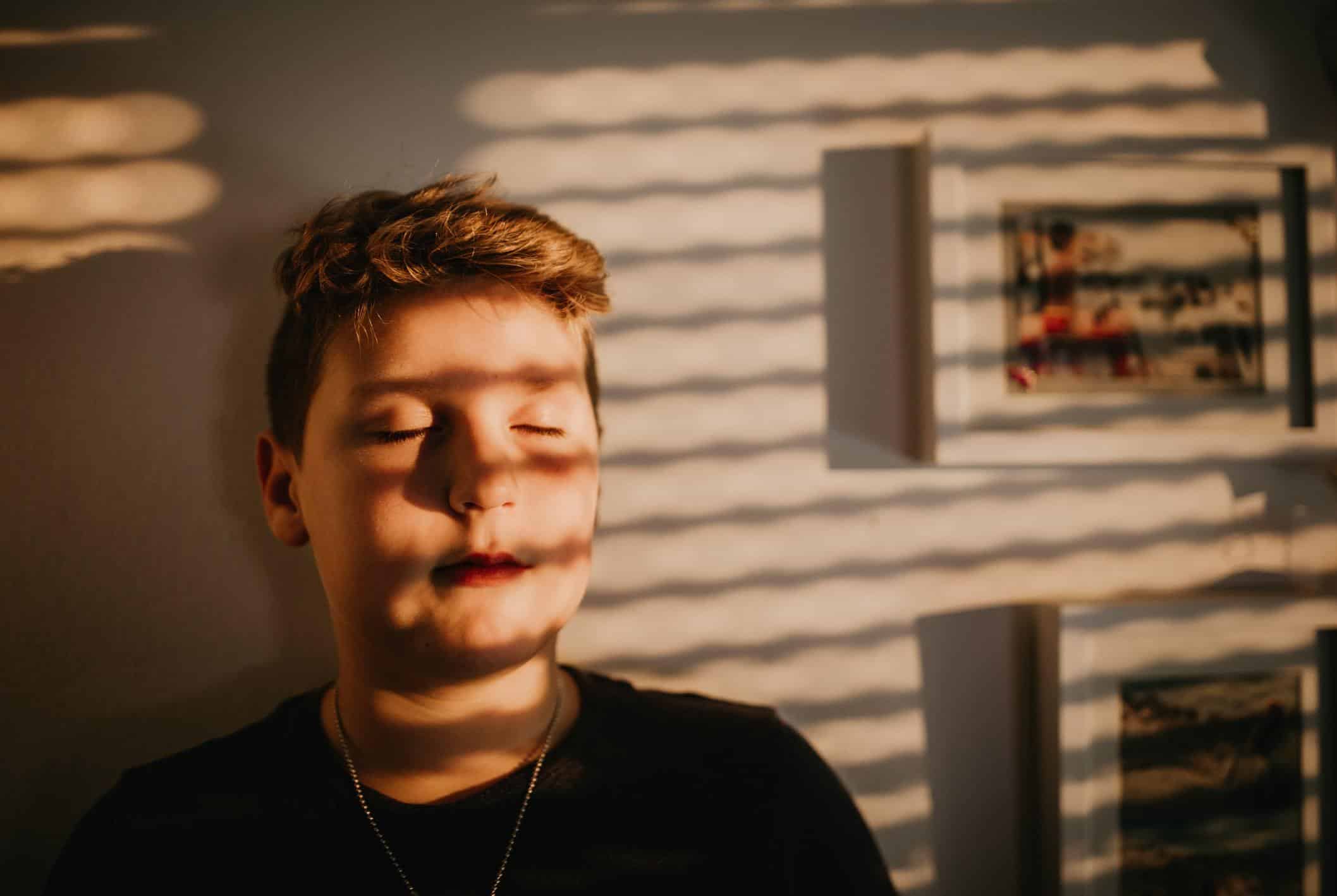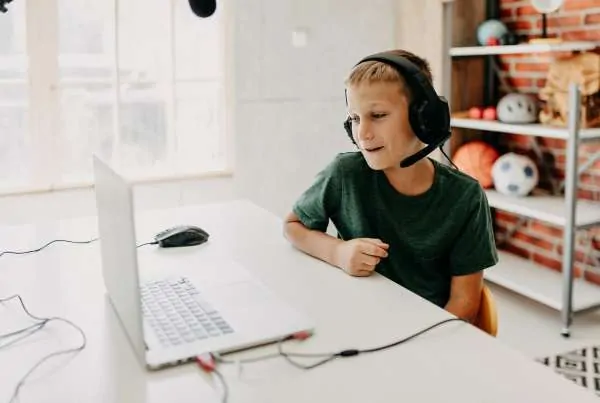The coronavirus has had an enduring and horrific impact on the world, claiming the lives of over three million people as of May 2021 while ushering in an unprecedented global economic crisis. Experts agree that the long-term impact of the virus is immeasurable and sure to be felt for years to come – and in more ways than one.
Included in the long-term damage is the untold mental impact of coronavirus on teen social isolation that we have had to impose to curb its spread. Since the beginning of the pandemic, countries worldwide have instated different lockdown measures to reduce infection rates, including curfews and guarded checkpoints, enforced social distancing, mandated mask-wearing, and the closing of schools, restaurants, and bars.
The full impact of quarantine, social isolation, and the pandemic on youth mental health remains to be seen. However, the preliminary research and anecdotal observations suggest a coming tidal wave of behavioral health needs among youth, especially late teens and young adults. While social distancing measures and lockdowns may have helped combat the virus, it may have triggered a so-called loneliness pandemic.
Impact of Teen Social Isolation and Loneliness in the Wake of COVID-19
Feelings of loneliness and isolation have gone up drastically following the beginning of the pandemic, with up to 61 percent of Americans aged 18 to 25 reporting high levels, even more than among the elderly. This paints a very troubling picture when combined with the information from the CDC claiming that 63 percent of young people in the US were reporting signs of anxiety and depression as early as June 2020.
Some researchers stipulate that the reason older teens, in particular, are struck by the social isolation imposed due to the coronavirus is that many of them were in the process of transitioning from their family lives into new and different environments and are thus missing the established relationships and close contacts that both younger and older people have access to throughout the pandemic.
In other words, teens caught in the middle of their transition into adulthood are effectively “floating” between their given and chosen social groups. This further hints at the importance of established contacts and relationships as guardrails against the impact of teen social isolation in a viral pandemic. Furthermore, young people are also at a critical juncture in their lives regarding both their personal life and their professional future.
The uncertainty painted by a pandemic throws any planning out of the window, which translates to an enormous amount of stress. In addition, as with many other mental health issues, teen social isolation and feelings of loneliness tend to exist in the form of downward spirals. This means that the thoughts and feelings introduced by increased isolation and loneliness during the pandemic can quickly devolve into self-defeating and self-loathing emotions and the onset of anxious and depressive symptoms including (but not limited to):
-
- Low mood
- Low energy
- Feeling hopeless
- Lack of motivation
- Struggling to function
- Struggling to seek out social interaction
Teens and young adults without an existing robust social infrastructure are most at risk. This includes those living alone, those between schools, those without a source of employment, those living away from friends and family/those who had recently moved to a new area.
Teens Are at a Higher Risk of Developing PTSD
A review of the impact of the COVID-19 policies shows that teens experiencing social isolation after lockdown are at a higher risk of developing post-traumatic stress disorder and other severe anxiety issues. This data is supported by previous studies examining the effects of teen social isolation following a natural disaster, with research compiled over the course of two decades.
Even more worrying is the finding that teens whose social lives have been completely halted by the virus are at greater risk of turning to other things as a way of coping with the pain and anxiety – including drugs. As a result, some experts are warning of a nationwide spike in addiction.
This is not an isolated phenomenon – the same issue was seen in the areas left devastated by Hurricane Katrina, where survivors were much more likely to face substance use issues with cigarettes and alcohol. In addition, some studies show that even after the emotional and behavioral problems following a natural disaster begin to fade, the alcohol use issues remain.
Access to Mental Health Resources Is Limited
Despite expanding telehealth services throughout the country, few teens are getting the help they need for their mental health. The World Health Organization estimated that over 90 percent of countries experienced stopgaps and interruptions in the availability of critical mental health services following the beginning of the pandemic. Moreover, even before the pandemic, the average investment in mental health resources per country was less than two percent of the national health budget.
Aside from social isolation, the pandemic weighs heavily on our minds in the form of loss and grief, job loss, broken families and businesses, exacerbated chronic or pre-existing health conditions, massive financial casualties, increased drug use, and more. In addition, the coronavirus has highlighted how unprepared we are for something of its caliber – not just in the way of physical healthcare but mental health as well.
The Long-Term Effects of COVID-19 on Mental Health
One of the most frightening aspects of how the pandemic impacts today’s youth is that we aren’t sure how these months will shape this generation’s future. However, we know that loneliness and social isolation in adolescent years can contribute to the onset of major depressive disorder and other mood disorders up to nine years later. Substance use issues can stick around for even longer.
A Generation at Risk
Teens today are turning to tech as a means to communicate with one another and stay connected. However, this is often coming at the cost of less sleep and less exercise. For example, a report on the use of social media among adolescents during the pandemic shows that nearly two-thirds of teens report little to no physical activity and continue to use their phones past bedtime.
We need to continue to support our teens and help them develop healthier coping mechanisms to combat the effects of prolonged social isolation and a lack of face-to-face contact during the pandemic. Shaming them for behavior is counterproductive – but so is doing nothing. If you’re worried about your child, speak with a teen mental health professional today. It takes time, support, and a structured approach to combat mental health issues – whether in the early days or long after their onset.






